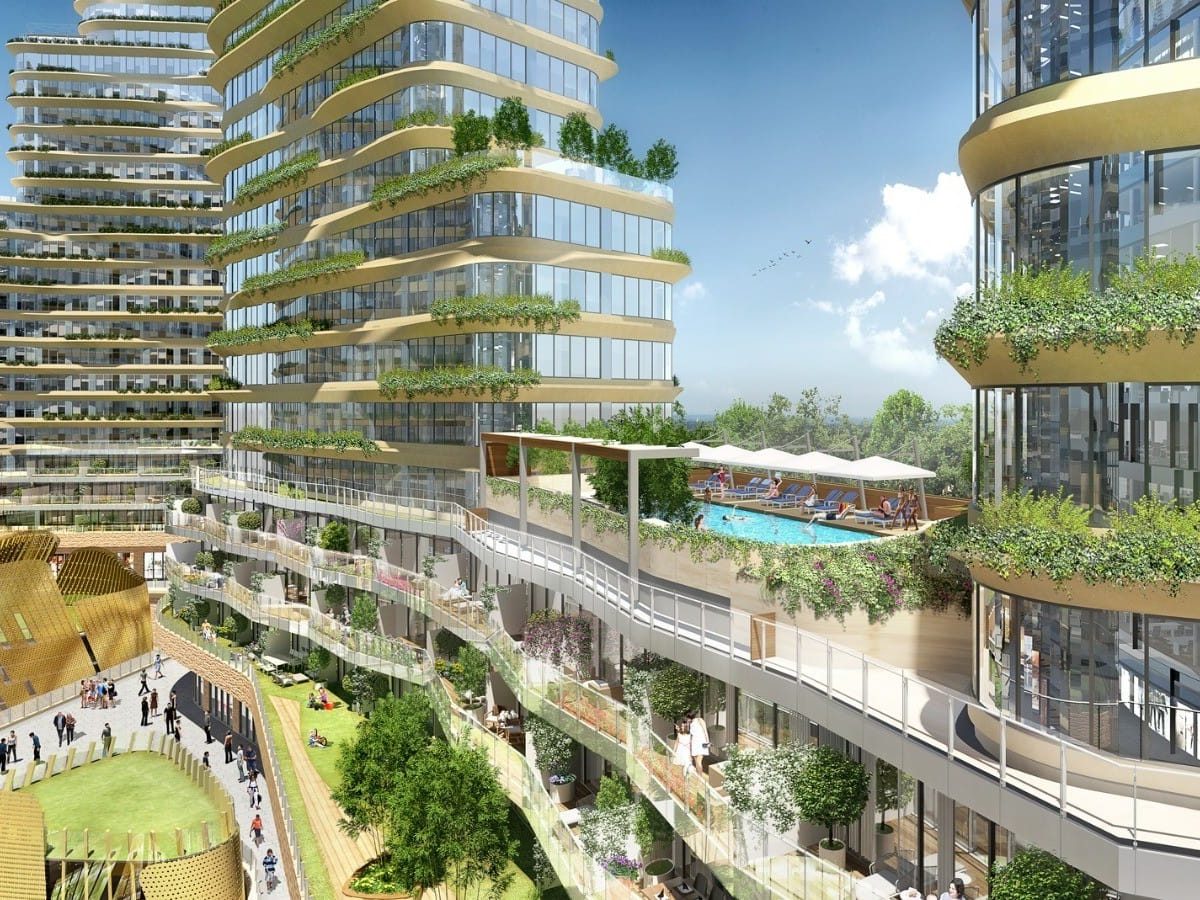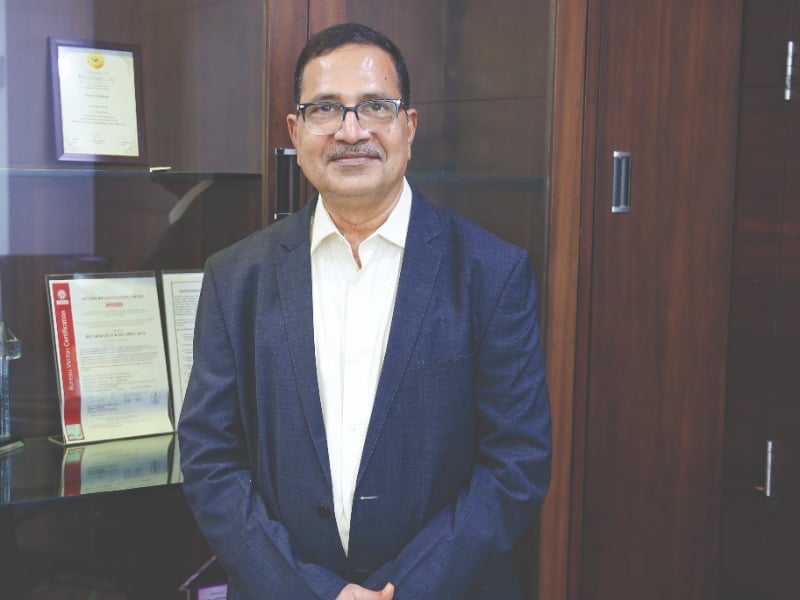In a world often defined by excess and clutter, the minimalist movement has emerged as a refreshing and transformative force. Minimalism, characterised by simplicity, functionality, and a profound emphasis on essential elements, has defined a new era of architectural and interior design innovation and reshaped the real estate market, from homes to commercial spaces.
A shift towards simplicity
Minimalism is more than just a design trend; it is a lifestyle philosophy that encourages individuals to pare down their possessions and prioritise what truly matters. This ethos has naturally extended to the world of real estate, where people are seeking spaces that reflect their desire for simplicity and functionality. In the residential sector, minimalist homes are becoming increasingly popular. These homes often feature open floor plans, clean lines, and a limited colour palette, creating an environment that promotes tranquilly and mindfulness.
Functionality as a cornerstone
One of the core tenets of minimalist design is functionality. Minimalist spaces are designed with a clear purpose in mind, and every element within the space serves a practical function. In the realm of real estate, this translates into homes and commercial properties that are thoughtfully designed to maximise utility. For residential spaces, this might mean multi-purpose furniture that saves space and promotes a clutter-free environment. In commercial spaces, it could entail an office layout that fosters collaboration and productivity.
Embracing essential elements
Minimalist design is all about stripping away the unnecessary and focusing on the essential. This principle has found its way into the real estate market, resulting in properties that emphasise quality over quantity. In minimalist homes, you will find high-quality materials and finishes that stand the test of time, reducing the need for constant maintenance and renovation. In commercial spaces, minimalist design often means selecting key design elements that convey the brand’s identity without overwhelming the space with excessive decorations.
Spatial efficiency
The minimalist movement also places a premium on spatial efficiency. In a world where urban populations are growing and space is increasingly limited, maximising every square foot has become crucial. Architects and interior designers are responding to this challenge by creating spaces that are not just aesthetically pleasing but also highly efficient. In residential properties, this can be seen in the rise of tiny homes and micro-apartments that offer a comfortable living experience within a small footprint. In the commercial sector, it has led to innovative office layouts that make the most of available space.
Sustainability and minimalism
Minimalist design and sustainability go hand in hand. Minimalist properties often prioritise eco-friendly materials and energy-efficient features. Sustainable design choices, such as passive heating and cooling systems, solar panels, and rainwater harvesting, are becoming increasingly common in minimalist real estate projects. This alignment with sustainability is appealing to both environmentally conscious individuals and organisations looking to reduce their carbon footprint.
Aesthetic appeal and emotional well-being
Minimalist design is not only about functionality and sustainability; it also profoundly impacts our emotional well-being. The clean and uncluttered aesthetics of such spaces have been linked to reduced stress levels and increased focus. In the realm of real estate, this emotional appeal has led to the popularity of minimalist homes and offices that offer a serene and calming atmosphere.
Whether in residential or commercial spaces, minimalist design principles are driving innovation and creating environments that prioritise quality, efficiency, and sustainability. As we continue to navigate a world filled with distractions and excess, minimalist real estate is not just a trend but a reflection of our collective desire for a more meaningful and purposeful way of living and working and to discover the transformative power of simplicity.







